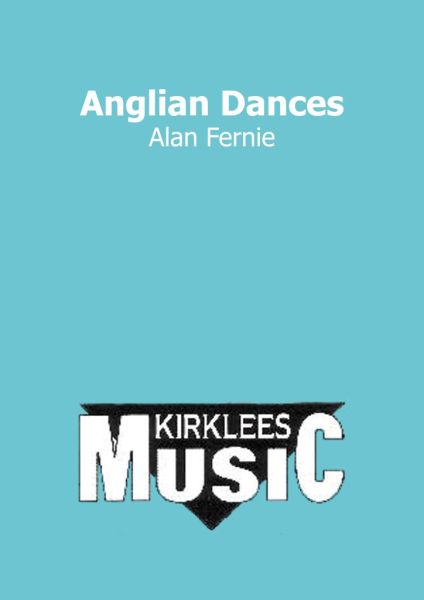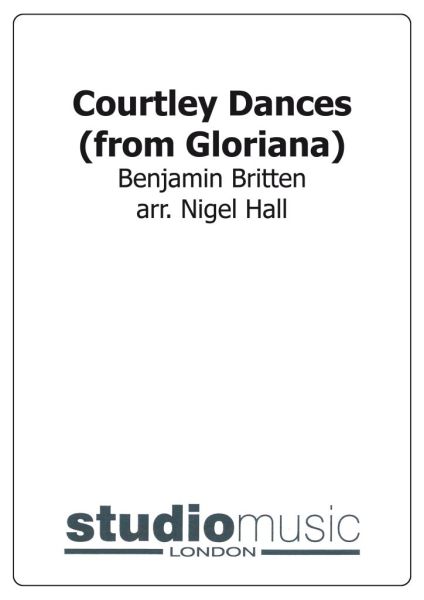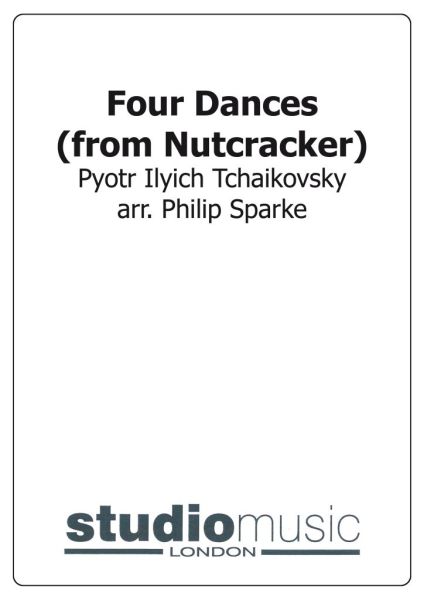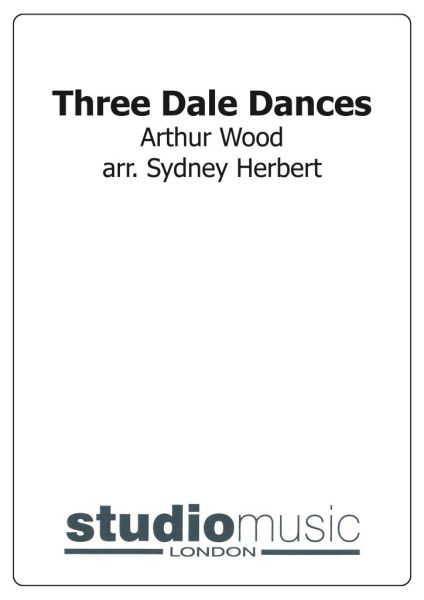We've found 234 matches for your search. Order by
Results
-
 £60.00
£60.00Anglian Dances (Brass Band - Score and Parts)
Estimated dispatch 7-14 working days
-
 £54.95
£54.95Courtly Dances (from Gloriana)
Includes: March; Coranto; Pavane; Morris Dance; Galliard; Lavolta.
Estimated dispatch 7-14 working days
-
 £44.95
£44.95Four Dances (from Nutcracker)
Includes: March; Dance of the Sugar Plum Fairy; Arabian Dance; Trepak.
Estimated dispatch 7-14 working days
-
 £64.95
£64.95Jazz (Symphonic Dances)
Estimated dispatch 7-14 working days
-
£37.95
New World Dances (Score Only)
Includes: Earth Dance; Moon Dance; Sun Dance
Estimated dispatch 7-14 working days
-
£74.95
Song and Dances (Score and Parts)
Includes: Song; Trepak; Minuet; Fandango; Siciliano; Valse; Tarantella.
Estimated dispatch 7-14 working days
-
£37.95
Song and Dances (Score Only)
Includes: Song; Trepak; Minuet; Fandango; Siciliano; Valse; Tarantella.
Estimated dispatch 7-14 working days
-
 £44.95
£44.95Three Dale Dances
Estimated dispatch 7-14 working days
-
£28.00
5 Renaissance Dances - Michael Praetorius - Peter Knudsvig
Estimated dispatch 7-14 working days
-
£38.00
